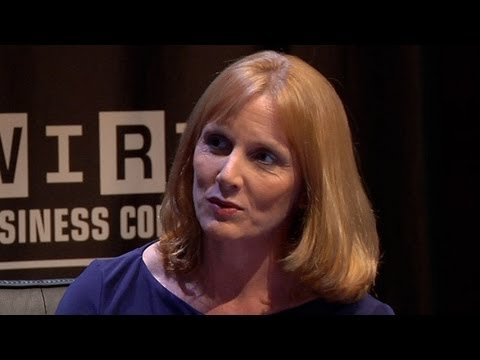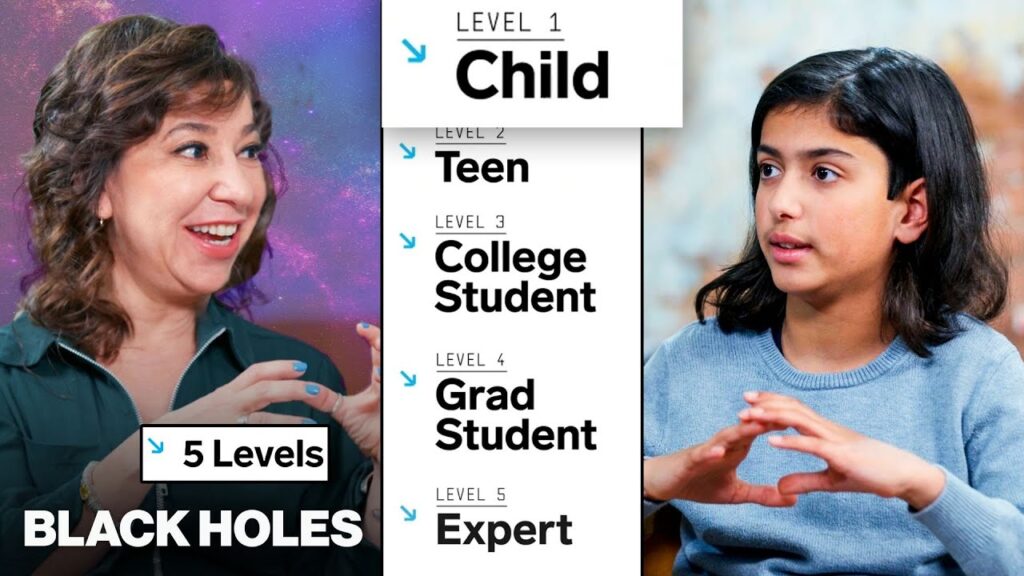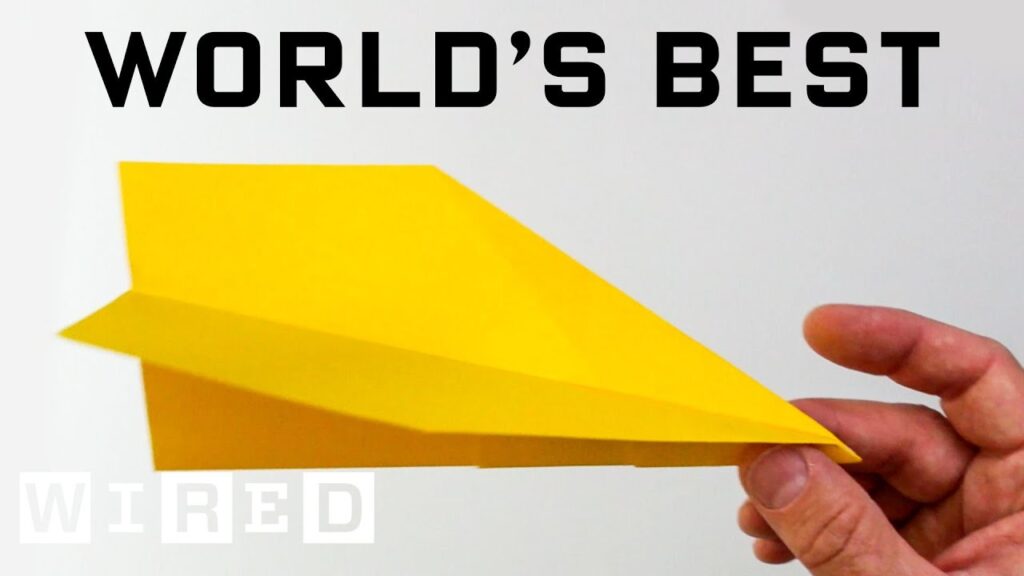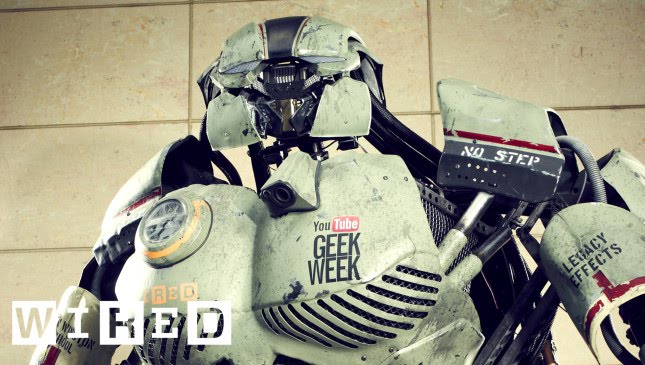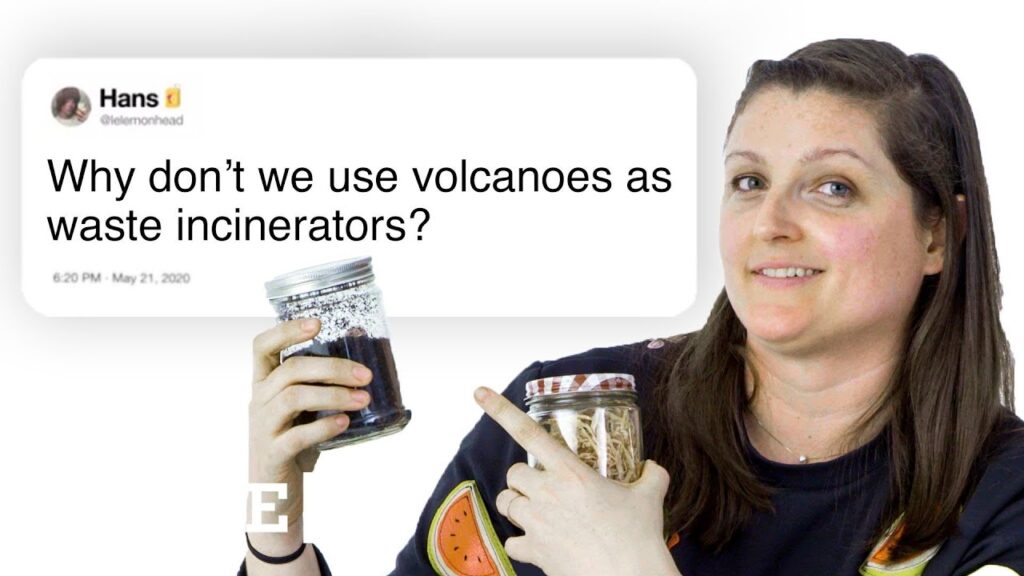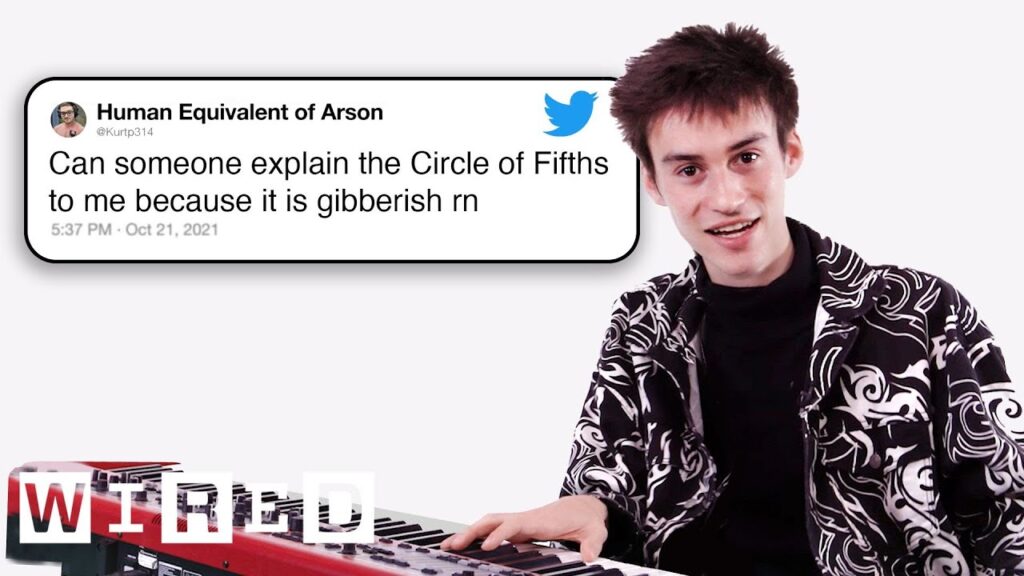The Power of Disruption: How Creativity and Innovation are Spurred by Noncommissioned Projects
Summary
This blog post tells the story of Andre Geim and Konstantin Vassilo, the Nobel Prize winners in Physics who discovered graphene, and discusses the concept of disruption in giving people something they didn’t know they were missing. It also highlights the importance of noncommissioned work in spurring innovation and creativity, and offers examples of companies that have implemented such projects.
Table of Contents
- The story of Andre Geim and Konstantin Vassilo
- The concept of disruption
- The importance of noncommissioned work
- Examples of companies implementing noncommissioned projects
- Embracing unconventional thinking and adventure
Introduction
When we think of innovation and creativity, we often imagine sudden, groundbreaking discoveries that change the rules of the game. We remember companies that seemed to come out of nowhere, upsetting established business practices and disrupting entire industries. But how do these disruptions happen? What makes them possible?
In this blog post, we examine the power of disruption and how it can be harnessed through noncommissioned projects. We look at the story of Andre Geim and Konstantin Vassilo, who won the Nobel Prize in Physics for their discovery of graphene. We also explore the concept of disruption in greater depth, discussing the importance of giving people something they didn’t know they were missing. Finally, we offer examples of companies that have successfully implemented noncommissioned projects, urging our readers to embrace unconventional thinking and adventure to drive human progress.
Q&A
Q: Can you tell us the story of Andre Geim and Konstantin Vassilo and their discovery of graphene?
A: Andre Geim and Konstantin Novoselov are two Russian-born physicists who won the Nobel Prize in Physics in 2010 for their discovery of graphene. Graphene is a substance that is one atom thick and is 70-80 times stronger than steel. What’s remarkable about their discovery is that it was made entirely by accident. Geim and Novoselov were messing around with Scotch tape, using it to peel off thin layers of graphite. They eventually discovered that they could create a layer of graphite that was only one atom thick – and thus graphene was born.
Q: What is disruption, and why is it important?
A: Disruption is about giving people something they didn’t know they were missing. It’s about disrupting the status quo by introducing something new and innovative. Disruptive ideas often challenge established processes and beliefs, and as a result, they can usher in significant changes to industries and society as a whole. Disruption can be incredibly powerful because it often leads to breakthroughs that were previously thought impossible.
Q: How does disruption relate to creativity and innovation?
A: Disruption is often the result of creativity and innovation. Without creative and innovative ideas, there can be no disruption. The most transformative changes and breakthroughs occur when someone comes up with an idea that challenges established thought and practices. Creativity and innovation are key ingredients to disruptive breakthroughs.
Q: What are noncommissioned projects?
A: Noncommissioned projects are projects that are not explicitly requested or sanctioned by an organization. They are projects that employees work on in their own time, often with little or no guidance from their superiors. These projects are typically aimed at exploring interesting and cutting-edge ideas that may not have an immediate or obvious business value.
Q: Why are noncommissioned projects important for organizations?
A: Noncommissioned projects are important for organizations because they can spur creativity and innovation. When employees are given the freedom to work on projects that interest them, and are not micromanaged, they are more likely to come up with truly groundbreaking ideas. An atmosphere of exploration and experimentation can encourage employees to take risks and to think outside the box. Moreover, noncommissioned projects can lead to unexpected discoveries that can be turned into valuable products or services.
Q: Can you give us some examples of companies that have implemented noncommissioned projects?
A: Certainly. Atlassian, a software company based in Australia, runs what it calls “FedEx Days.” These are periodic, 24-hour bursts in which employees are encouraged to work on creative projects that are not part of their normal work duties. Google also allows employees to spend 20% of their time on projects that interest them – this has led to many of Google’s most popular services, including Gmail and Google Maps. Other examples of companies that promote noncommissioned projects include Intuit, 3M, and Columbia Credit Union.
Q: You’ve talked a lot about the importance of creativity and innovation. But what about failure?
A: Failure is an integral part of the creative process. It’s through failure that we learn what works and what doesn’t, what’s possible and what’s not. Failure can be painful, but it’s essential to making breakthroughs. The problem is that many organizations detest failure – they see it as a sign of incompetence or weakness. This aversion to failure can stifle creativity and discourage innovation. By creating a sacred space for noncommissioned projects, organizations can create an atmosphere where failure is accepted as a natural part of the process.
Conclusion
Innovation and creativity don’t happen by accident – they require effort and a conscious effort to invite it. By embracing disruption and encouraging noncommissioned projects, organizations can tap into the power of creative thinking and innovation. They can break down barriers, overcome false notions of failure, and embrace the unconventional to drive human progress further. Through examples of companies that implemented noncommissioned projects, we can see the value of making room for creativity, understanding the importance of failure and igniting the creative fire of our employees.
